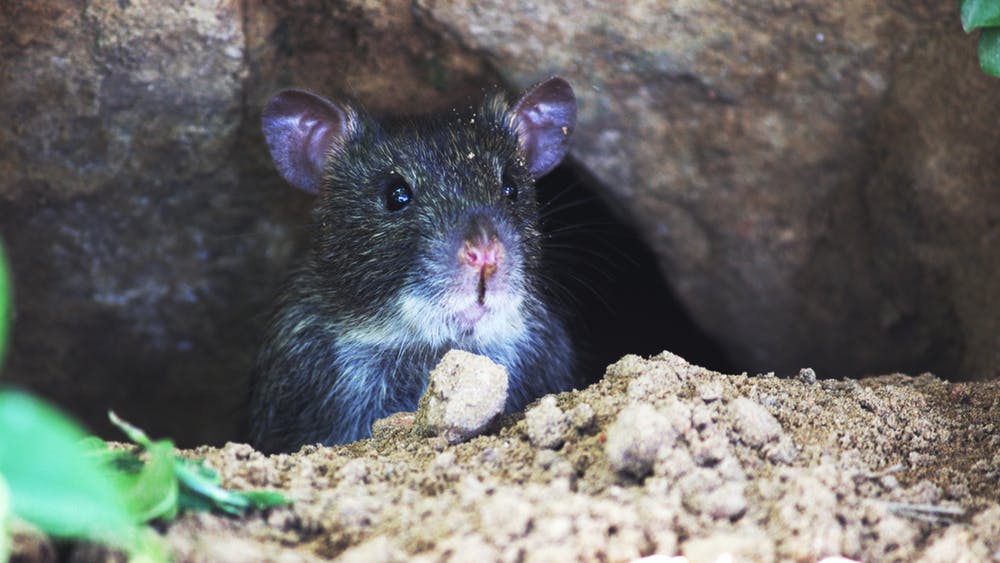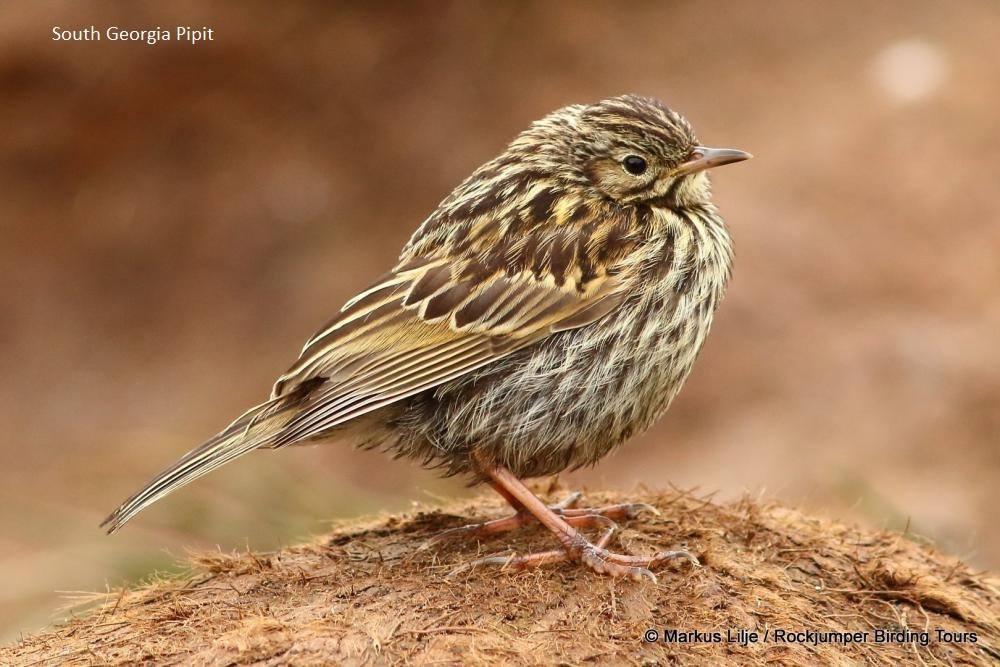
Though the Antarctic mainland was too cold for rats to survive the sub-Antarctic Islands are another story
South Georgia is a remote and inhospitable group of sub-Antarctic Islands where the British Antarctic Survey maintains scientific bases, at Bird Island and at the capital, King Edward Point, as well as a museum at Grytviken.
Grytviken is an abandoned whaling station and besides the museum, hosts a church as well as the grave of Sir Ernest Shackleton.
Unfortunately, the whalers introduced rats onto South Georgia and ratsare a serious threat to seabirds. The problem with remote islands where there may be no natural predators is that seabirds build their nests on flat ground or in burrows, making them easily accessible to introduced predators. The rats prey on the eggs and chicks in large numbers.
To combat the problem, the South Georgia Heritage Trust raised around AUD $17 million in mainly private donations, some of which was raised from cruise ship auctions and donations.
What they did with the money was to drop poisoned baits from helicopters in a way that was designed to kill rats but minimise damage to other animals.
After the baiting programme they entered a phase of intense monitoring, even using trained dogs and other procedures to make sure every rat was eliminated.
It was the largest rodent eradication programme in the world and in May of 2018 the South Georgia Heritage Trust declared South Georgia rat-free, for the first time in 200 years.
Birds have started to quickly return to their old breeding grounds now that the rats are gone, and that includes the endemic South Georgia pipit. Well done.

